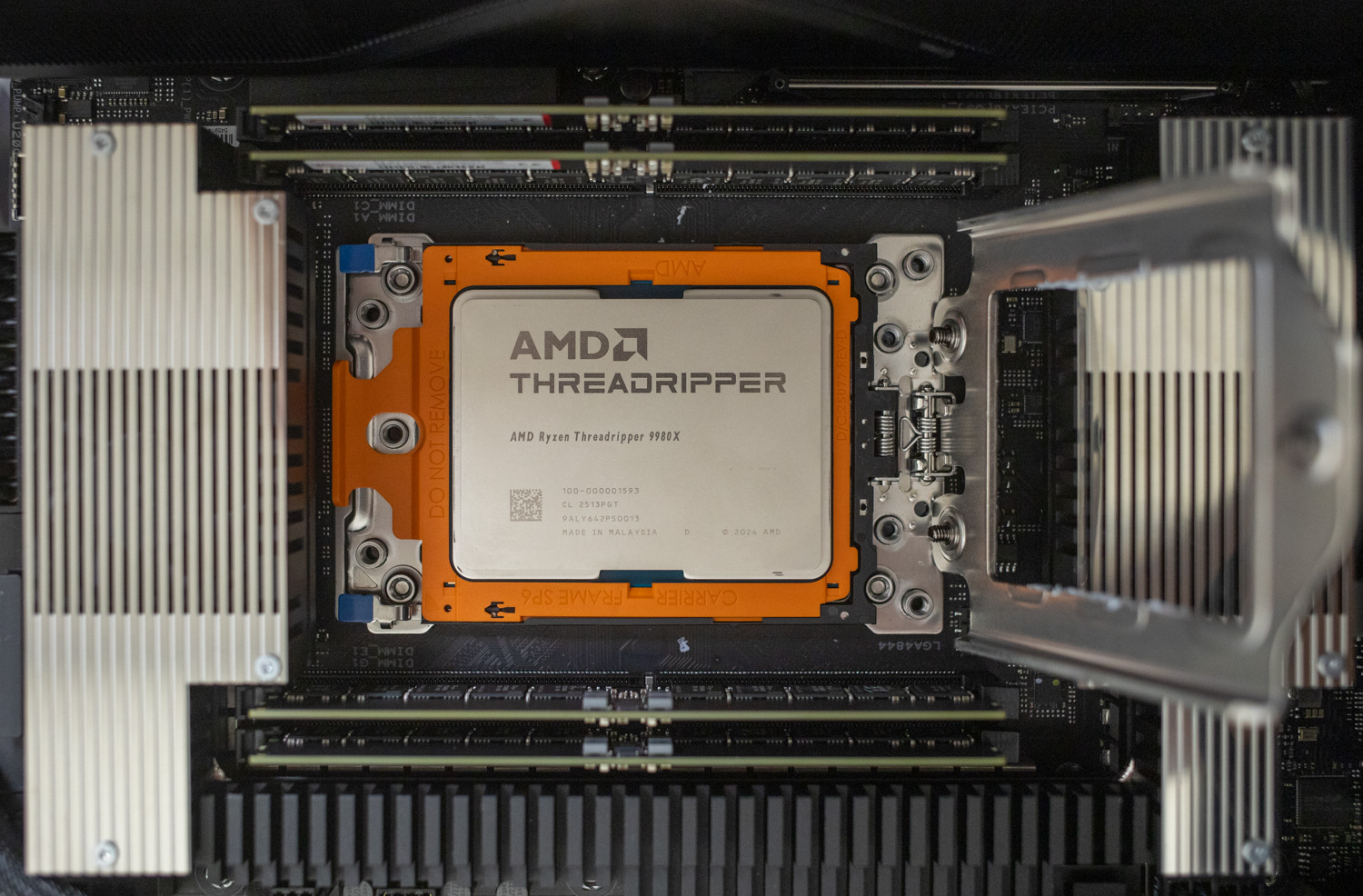
Jeffrey Snover Remembers the Fight to Launch PowerShell
We’re so glad you’re here. You can expect all the best TNS content to arrive Monday through Friday to keep you on top of the news and at the top of your game.
Check your inbox for a confirmation email where you can adjust your preferences and even join additional groups.
He’s been called the inventor of PowerShell — but Jeffrey Snover always credits the work of his team. In his foreword to the book Shell of an Idea, Snover calls it “a story of a group of amazing engineers struggling to forge a whole suite of new technologies into a coherent experience — all the while fighting a multi-year game of internal politics whack-a-mole…”
It’s a heady legacy, bringing into existence a tool used by millions, sometimes even launching their careers and changing their lives. By 2016, the ubiquitous configuration management tool had even evolved out of the Windows operating system, becoming open source and available on Linux. This March Microsoft bragged that PowerShell has even evolved beyond its roots as a tool from system administrators and “is now being used by people calling themselves DevOps, Cloud Ops, and even Developers.”
But how did it all begin? Snover has been sharing some startling stories on several podcasts about the fights within Microsoft over whether to even bring PowerShell to life. Snover now works in Google’s Site Reliability Engineering organization, according to his LinkedIn profile. But he couldn’t resist a chance to take a look back on the impact of the tool — and the difficult choices they had to make along the way.















